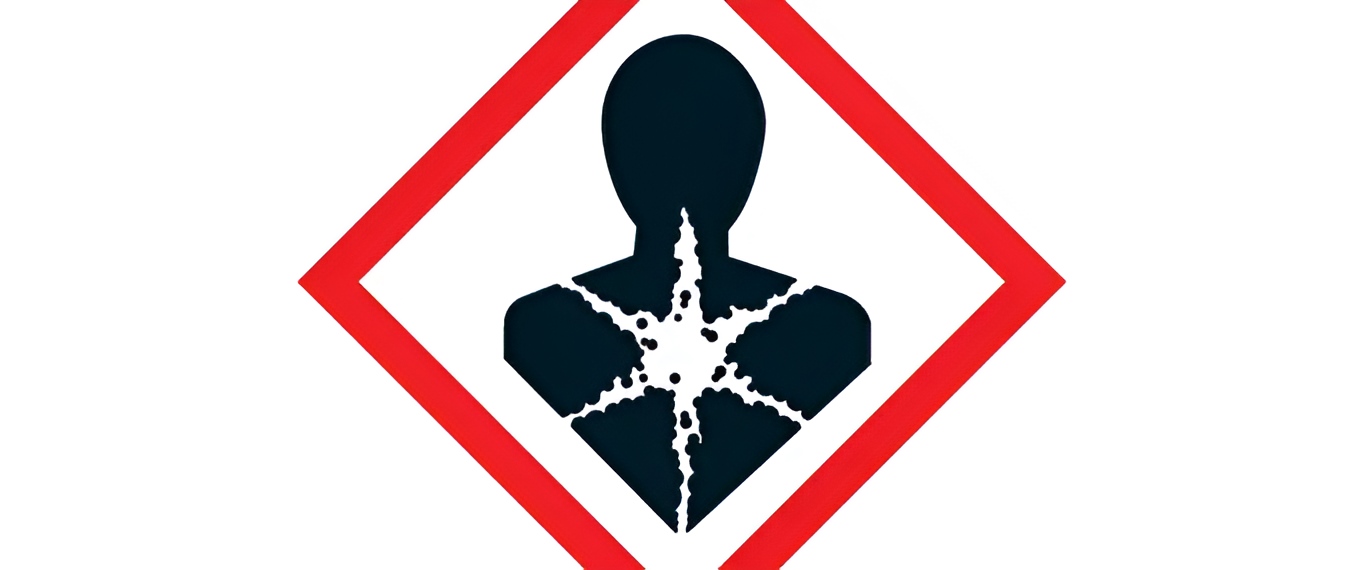FSC Certification, Due Diligence and Microplastic-Free Declarations
In the cosmetics industry, regulatory compliance is a fundamental requirement for placing a product on the European market. Every cosmetic must be supported by a set of mandatory and optional documents that demonstrate its safety, legality and transparency.
At the centre of this documentation is the Product Information File (PIF), required under Regulation (EC) No. 1223/2009. The PIF brings together a series of documents relating to packaging, formulation and testing.
Alongside this, additional documents such as the Forest Stewardship Council (FSC) declaration, microplastic-free declarations and due diligence statements also play an important role, depending on the business channels, certifications or regulations concerned.
In this article we will explain what a PIF is, outline the documents it contains, and explore some of the “satellite” files that are becoming increasingly important in the cosmetics sector.
What Is a PIF?
The PIF is the mandatory technical dossier that must be prepared for every cosmetic product, in line with Article 11 of Regulation (EC) No. 1223/2009.
It must be kept by the responsible person, or their representative within the European Union, and remain accessible for at least ten years from the date the product is placed on the market.
The purpose of the PIF is to demonstrate the safety of the cosmetic. It is also the first document requested by the competent authorities, such as National Ministries of Health, during inspections or regulatory checks.
For more detailed information, see our article on the PIF and cosmetics compliance.
What Does a PIF Contain?
A comprehensive Product Information File (PIF) is made up of five main sections:
1. Description of the cosmetic product
A clear description that links the PIF to the actual product, including trade name, article code, product photo, variants and other identifying details.
2. Cosmetic Product Safety Report (CPSR)
This is the core of the PIF and is divided into two parts:
- Part I: information on composition, physicochemical characteristics, impurities, conditions of use, exposure and the toxicological profile of ingredients.
- Part II: safety assessment signed by a qualified assessor (graduate in pharmacy, chemistry, biology or a related discipline, with appropriate toxicological training).
3. Manufacturing method and Good Manufacturing Practices (GMP) compliance
Documentation showing that the product has been manufactured in line with Good Manufacturing Practices (ISO 22716).
4. Proof of the declared effect
If a cosmetic makes claims such as “24-hour moisturiser” or “anti-wrinkle”, supporting evidence must be provided. This can include instrumental tests, challenge tests, panel tests or bibliographic studies.
5. Data relating to animal testing
Declarations confirming non-animal testing, in accordance with the complete ban on animal testing in the EU (Article 18 of Regulation (EC) No. 1223/2009).
CPSR: Product Safety Assessment
The CPSR is one of the core documents within the PIF. Its role is to ensure that the cosmetic is safe for human health, taking into account:
- The complete formula
- Raw materials (concentration, function, purity)
- Exposure (area of application, frequency of use, type of user)
- The category of use (face, body, eye area, etc.)
- Any undesirable effects
It must be written by a qualified safety assessor, either internal to the company or an external professional. Part II contains the final evaluation and must be digitally signed.
The Importance of Additional Documents Within the PIF

Several additional documents should be considered to ensure full compliance with cross-cutting regulatory requirements, meaning those that affect cosmetic products but are not directly linked to their safety.
Regulation (EC) No. 1223/2009 is not the only piece of reference legislation; depending on a product’s composition or characteristics, other regulatory obligations may apply. Below are some examples of documentation that may be requested and integrated into a PIF.
FSC: Forest Stewardship Council
In line with principles of environmental sustainability and social responsibility, the cosmetic product may use packaging materials certified by the Forest Stewardship Council (FSC), where applicable.
FSC certification guarantees that wood, paper or other cellulosic materials come from responsibly managed forests, following strict criteria that safeguard biodiversity, workers’ rights, local communities and the sustainable use of forest resources (for example, a scented wipe or the box containing the cosmetic).
The primary and/or secondary packaging of the product is chosen with particular attention to supply chain traceability.
The use of FSC-certified materials is documented through chain of custody (CoC) certificates issued by accredited bodies, and suppliers are regularly audited to confirm compliance with FSC requirements.
Selecting FSC materials reflects the company’s commitment to responsible production and contributes to reducing the overall environmental impact of the product, in line with both European regulatory expectations and consumer demand for sustainability and transparency.
A copy of the FSC certification relating to the packaging materials used is attached to the PIF. Where this is not available for all components, the estimated percentage of certified material in the total packaging is indicated.
Due Diligence: Responsibility and Traceability in the Supply Chain
The concept of due diligence is gaining increasing importance in the cosmetics sector, particularly for companies using natural or exotic raw materials, or ingredients sourced from sensitive supply chains such as palm, shea butter, mica, soy or cocoa.
Due diligence in the cosmetic field includes:
- Traceability of the supply chain (origin, harvesting methods)
- Respect for human rights and working conditions
- Environmental and customs compliance
- REACH compliance for imported substances
Many B2B distributors and customers require signed declarations on these matters, particularly within the Clean Beauty and Sustainable Cosmetics sectors. The relevant regulatory framework is Regulation (EU) 2023/1115.
Microplastic-Free Statements

With the entry into force of Regulation (EU) 2023/2055, the focus on microplastics in cosmetics has increased considerably.
The regulation bans the intentional use of solid microplastics in cosmetic products, subject to variable transition periods.
Examples of banned ingredients (in non-biodegradable form):
- Polyethylene (PE)
- Nylon-12
- Polymethyl Methacrylate (PMMA)
- Polypropylene (PP)
Companies must therefore draft microplastic-free declarations to ensure that:
- no microplastics were intentionally included in the formula;
- any polymers used are soluble, biodegradable or comply with the exemption provided.
Such declarations are also increasingly requested by retailers, marketplaces and large-scale distributors. The definitions determining whether a material can be classified as a microplastic are set out in the aforementioned regulation.
Links with Regulation 1223/2009
The European Cosmetic Regulation (EC) No. 1223/2009 is the main regulatory reference for everything related to:
- Legal liability of the responsible person (art. 4)
- Safety and product evaluation (Art. 10 and Annex I)
- Traceability (art. 7 and art. 11)
- Market surveillance (Art. 22)
- Mandatory notifications via CPNP (Cosmetic Product Notification Portal)
All the documents mentioned—PIF, Product Safety Assessment with their FSC annexes, microplastic-free declarations and due diligence statements—are linked to the wider body of satellite regulations that form part of the current regulatory framework.
Conclusions on Cosmetic Documentation and the PIF
Documentation in the cosmetics sector is not merely a formal requirement but a complex, structured system designed to ensure product safety and regulatory compliance across the entire supply chain.
The PIF, together with its CPSR, forms the regulatory core of every cosmetic placed on the European market.
At the same time, documents such as FSC certifications, microplastic-free declarations and due diligence statements are increasingly becoming essential tools to guarantee transparency, ethics and legality in a highly regulated industry.
Companies that invest in robust, accurate and up-to-date documentation are not only better protected but also strengthen their commercial reputation and build consumer trust.
Do you have doubts about which documents should be included in your PIF? Contact us and we will be happy to support you with the evaluation.



